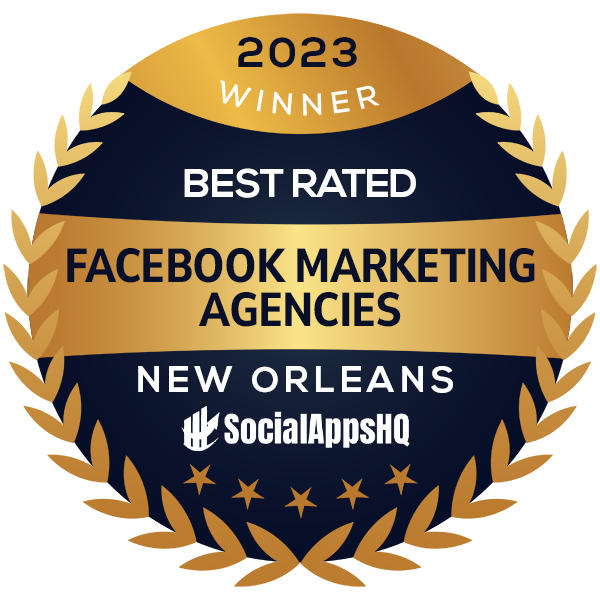Get More Action Out of Your CTAs
Importance of CTAs
A CTA, or Call To Action, is one of the most important aspects of UI/UX in marketing, as we want website visitors to immediately take an action that (hopefully) leads toward a sale. Poorly designed CTAs create a barrier to conversion, but good CTAs encourage visitors to take that action. Changes in CTA design don’t always show statistically significant changes in conversion rates, but when they do break through that threshold, the improvement can easily be as high as 40-50%.

Design
Context Matters
CTAs don’t exist outside of a vacuum. All of the elements on a page need to be taken into account – their size, placement, color, and messaging all matter. In addition to design, the person's goals for visiting the site and our goal for where we want them to go or what we want them to do are key factors that need to be considered.
Placement and spacing
Give CTAs space, if possible. While CTA size does play a role, letting them take up screen real estate will emphasize their importance. If a group of CTAs need to occupy the same space, the fewer there are, the better. Again, the goal is to lower the barrier to conversion, not make visitors expend effort figuring out how to get what they (and we!) want.
For single CTAs, placing them on the left or top of the screen will increase their visibility and encourage faster conversions. In groups of CTAs, make sure your most desired action is the top option.
Color
In a vacuum, red or green CTAs will perform better than other colors. However, as we mentioned earlier, context matters. Colors that are in high contrast with their surroundings will improve performance. When working with groups of CTAs, don’t make the mistake of attempting to use secondary or even tertiary accent colors; while it might make sense from a designer’s perspective, most visitors will not catch this level of nuance, and the entire point of using contrasting colors will be lost. Identify the main action you want people to take, make it contrast with the rest of your content, and allow other CTAs to be differentiated in other ways.

Wording
Keywords
When people are viewing your site or page, they are unconsciously deciding what they want to do next. If they want to take action, make sure they can do so easily! Make sure that CTAs contain the words or actions that your visitors want: if they’re searching for pricing information, make sure the CTA includes the word, such as “Pricing Information,” or even just “Price.” Don’t try to be too clever or nuanced with things such as “Find out how cheap it can be!”
Clarity
Don’t mislead your audience by promising one thing in a CTA and giving them something else. If a CTA reads “Buy Now,” it should immediately take them to the checkout, not to a page to sign up for a waiting list.
On a similar note, don’t be too vague. Some common offenders are “Read More” (read more about what?) and “Submit” (who wants to submit to their computer?). Use things like “Read About Our Process” or “Subscribe.”
Length
People do not read every word on your page, they often scan. The more words that are present, the more likely visitors are going to skim over the content looking for keywords or meaningful headlines and ignore anything that might be irrelevant to what they want at the moment. This applies not only to copy but also to CTA language. Yet again, focus on the main action you want people to take and make it as easy as possible for them to locate it.
Commitment
Asking visitors to commit to a purchase with “Buy Now” makes sense if you want them to buy a single product. “Add to Cart” decreases the pressure to commit they may feel and encourages them to stick around and shop longer.
In a more general sense, any way you can make a visitor feel that they aren’t locked into a decision will help overcome their aversion to commitment. When people aren’t afraid to commit and don’t have to think about whether they want to take action or not, they are more likely to follow the path we want them to take.









